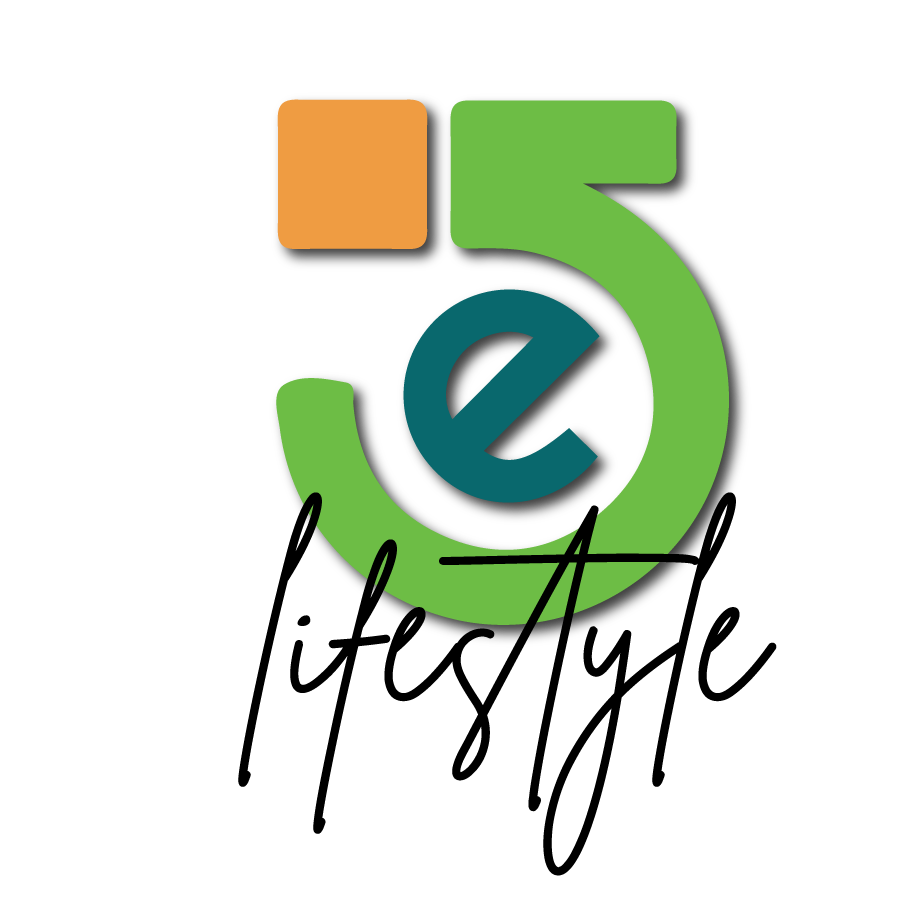A brand-new technology is virtual reality. It is becoming an integral part of our daily lives. However, there are still some individuals who are unfamiliar with virtual reality. You can learn more about virtual reality in depth by reading the topics covered in this blog. Likewise in this blog, we will find out about how to become a virtual reality coach and which expertise and degree need for itself, and what is the future of this innovation.
Table of Contents
How does virtual reality work?
Virtual reality (VR) is a computer-generated simulation of a three-dimensional environment that can be manipulated by a person using specialized electronic equipment, such as a screen-enclosed helmet or sensors-equipped gloves. This makes the environment appear real or physical. Sight, touch, and hearing are just a few of the senses that can be artificially created in virtual reality.
You can create and experience virtual reality thanks to this technology. It has finally been made known to the general public. The possibilities for users are endless as technology continues to advance and improve. A computer-generated, three-dimensional environment is referred to as virtual reality.
Virtual reality, on the other hand, is much more than that. A graphic tool, virtual reality allows users to feel and experience immersion in a different world. It also lets scientists and researchers test environments and things that would be too risky or costly to make.
Different Kinds of Virtual Reality Training
Virtual reality coaching is becoming increasingly popular as a way to help people reach their goals. How can the three types of VR coaching be combined: online, blended, or face-to-face?
Online coaching is the most common type of virtual reality coaching. With a coach who wears virtual reality headsets, this VR coaching is done one-on-one.
Face-to-face coaching is gaining ground over online VR coaching. A meeting with a coach to help you use VR headsets is called virtual reality coaching.
A new type of VR/online coaching that combines elements of both online and face-to-face VR coaching is called blended VR/online coaching. This permits mentors and clients to get individualized help utilizing the most ideal innovation that anyone could hope to find.
The Benefits and Drawbacks of Virtual Reality Coaching
Virtual reality coaching is gaining popularity due to its numerous advantages. The following are some advantages: Increased participation: Virtual reality offers users a more immersive experience, which encourages them to spend more time using the app or playing games.
More Opportunities for Education: By creating an immersive, interactive learning environment, virtual reality can enhance education. Gained Efficiency: Users can perform better on previously completed or new tasks. Lowered levels of stress: Coaching with virtual reality is frequently less stressful than traditional training.
Conclusion
How to become a virtual reality coach can be summed up with the following points. Experience with VR technology is a must. You will need to be able to develop programs that engage customers. Because coaching involves working closely with clients, you will also need previous experience working with them. As a virtual coach, you will need financial support for a long time.
If you found this article helpful, don’t forget to browse the other articles on this page 5elifestyle!



